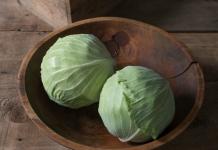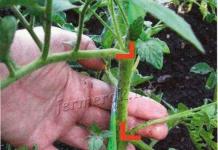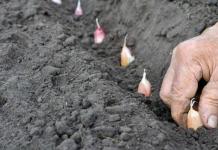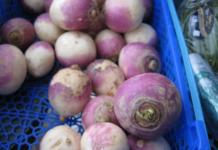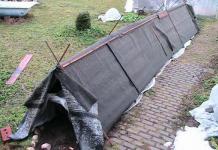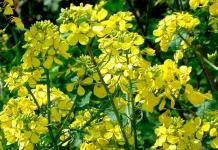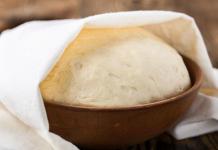Cabbage as an agricultural crop does not require care at the ripening stage. But experience has proven that such delusions harm cultivation. A common place for growing cabbage is open ground, and choosing a variety for it is a difficult matter. Characteristics of varieties will help determine the best species, how to properly care for, which garden crop to choose, and for what purposes cabbage can be used after ripening.
Growing cabbage in the garden is profitable and easy
What are the rules for growing vegetables outdoors?
The preface mentioned that cabbage requires care, contrary to popular belief among gardeners. In the open field, the fruit is in for many dangers than in the greenhouse. You can classify threats by basic categories, they look like this:
- Diseases.
- Pests.
- Animals.
- Unsuitable soil.
- external conditions.
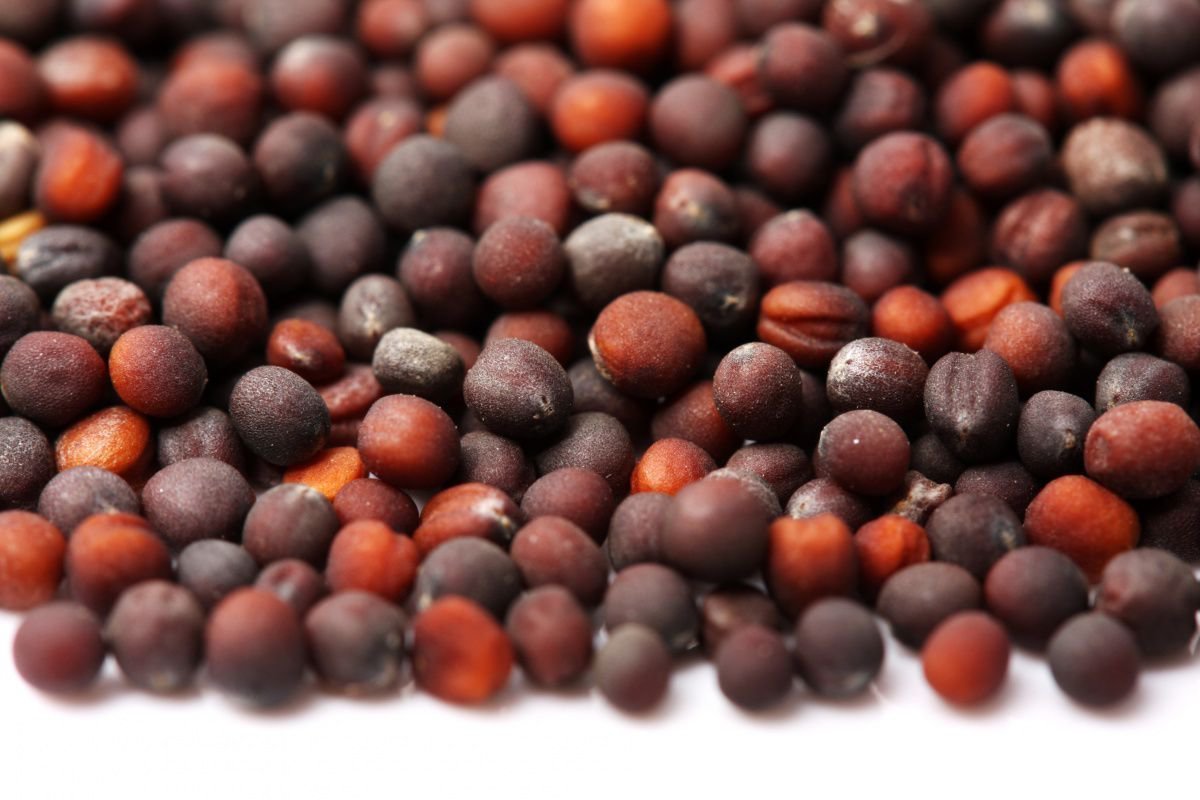
It is better to buy cabbage seeds in trusted companies
Each factor adversely affects the development and growth of cabbage, and it is not recommended to turn a blind eye to these points.
The best varieties for open ground
Gribovsky-147
This variety of cabbage is a discovery for gardeners who grow crops on open ground. Gribovsky-147 belongs to the early ripe species: a distinctive feature is medium-density heads of cabbage. The weight of each of them varies between 1-3 kg. Heads and leaves with a pale shade of green. Variety Gribovsky-147 refers to those for which amicable formation is characteristic. Sowing cabbage is best done in mid-April, planting - in mid-May. Landing on the land area - 40 by 60 centimeters.
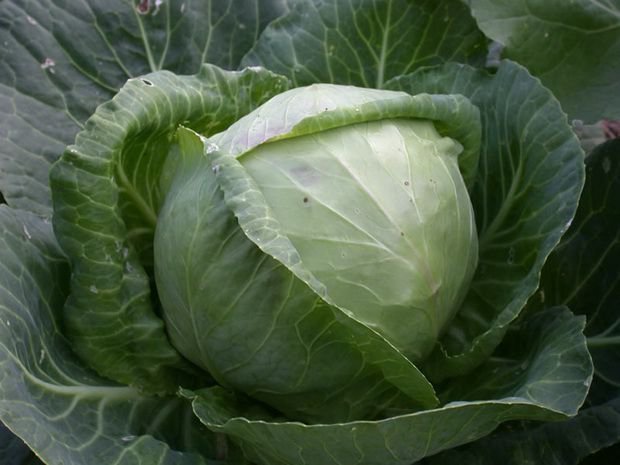
Variety Gribovsky 147 is great for private farming
- Cabbage of this variety should be grown on open ground carefully, attention should be paid to the acidity of the soil and shade.
- It is also important to protect the plant from pests and insects, for which it is recommended to stock up on profile preparations.
- Dangerous for the Gribovskaya culture and frosts, the species is planted late. The maturation of this variety occurs, depending on the conditions, in 90-120 days.
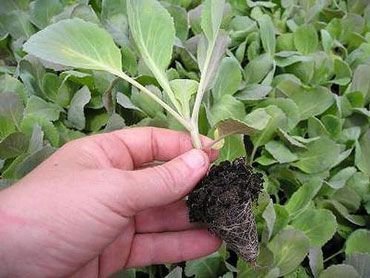
Growing through seedlings accelerates the ripening of the crop
On one square meter of soil, you can get a crop of up to 7 kilograms of heads of cabbage. Gribovsky-147 is indispensable for culinary masterpieces.
No. 1 polar K-206 (early ripe species)
Mid-early cabbage variety "No. 1 polar K-206" is a common and successful variety for open ground. Experienced gardeners prefer early ripe varieties of K-206. Distinctive characteristics of this variety: a compact rosette (half a meter diagonal), half-raised leaves and a rounded head of regular shape. Leaves with a grayish tinge, although this variety is naturally devoid of them.
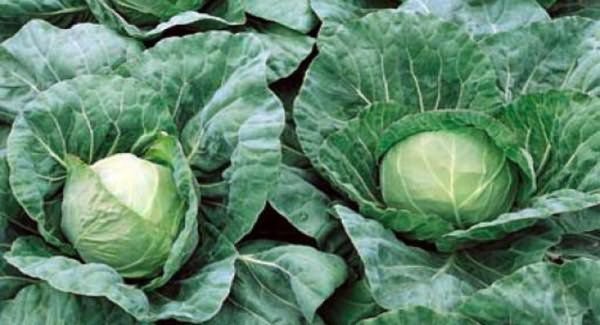
Variety No. 1 Polar K-206 bred for industrial cultivation in the northern regions
The diameter of the head of cabbage ranges from 15–25 centimeters, and the mass is up to 2.2 kilograms. It is important to note the yield. The minimum value is 6 kg, maximum up to 11 kg. The advantage of K-206 is resistance to cracking on the head. Flowering in this variety is minimal. In cooking, it is better suited for eating raw, salads and pickling.
Of the varieties suitable for open ground, this one contains the maximum amount of vitamins C and K.
Transfer
This variety is smaller, although it compensates for this with rapid growth and yield. This variety, which also grows outdoors, is distinguished by a head mass of 1.5 kilograms. The cracking resistance of the "Transfer" variety is also high. The color is light green and the inside is white.
Agronomists classify the variety as one that produces a crop in a short time. Hybrid. Frost "Transfer" also withstands positively.
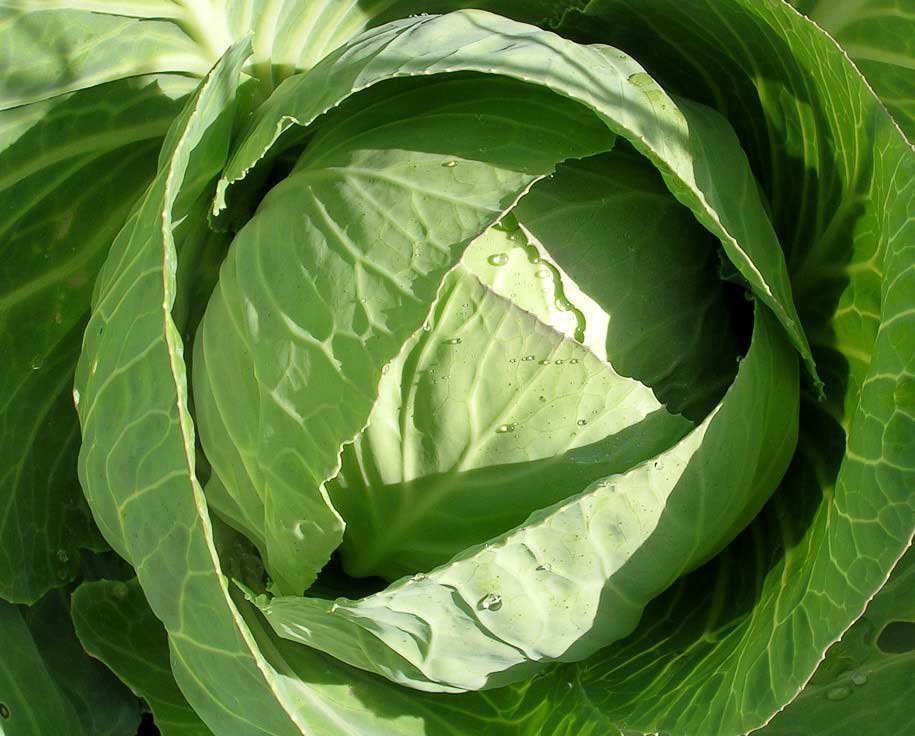
Transfer cabbage cannot be dived, but sown in separate containers
The variety is grown for raw consumption. But it will also fit for cooking cabbage soup, borscht, cabbage rolls and other dishes. Seating starts in April. Seeds are sown through peat pots - "Transfer" does not tolerate transplantation well. The variety is prone to red-colored flea, therefore it requires spraying with appropriate preparations to protect against the pest. "Transfer" ripens quickly, in 50 days - a record among varieties that are suitable for outdoor cultivation.
F Sprint
The positive features of the "Transfer" were borrowed by another hybrid - F Sprint. Among the similarities, the rapid maturation of the variety is noted - on open ground this process takes 55 days. The head of cabbage of this variety is round, the leaves are with a faint wax coating. Differs in F Sprint density, which has a better effect on weight. The mass of a single instance starts from 900 grams and reaches 1.8 kg. It is resistant to the appearance of cracks, you can plant cabbage seeds early - already in early April. Friendly ripening is another characteristic feature of the variety. The yield reaches 10 kilograms per square meter of open ground. Already in June - July, the first plants for human consumption are obtained.
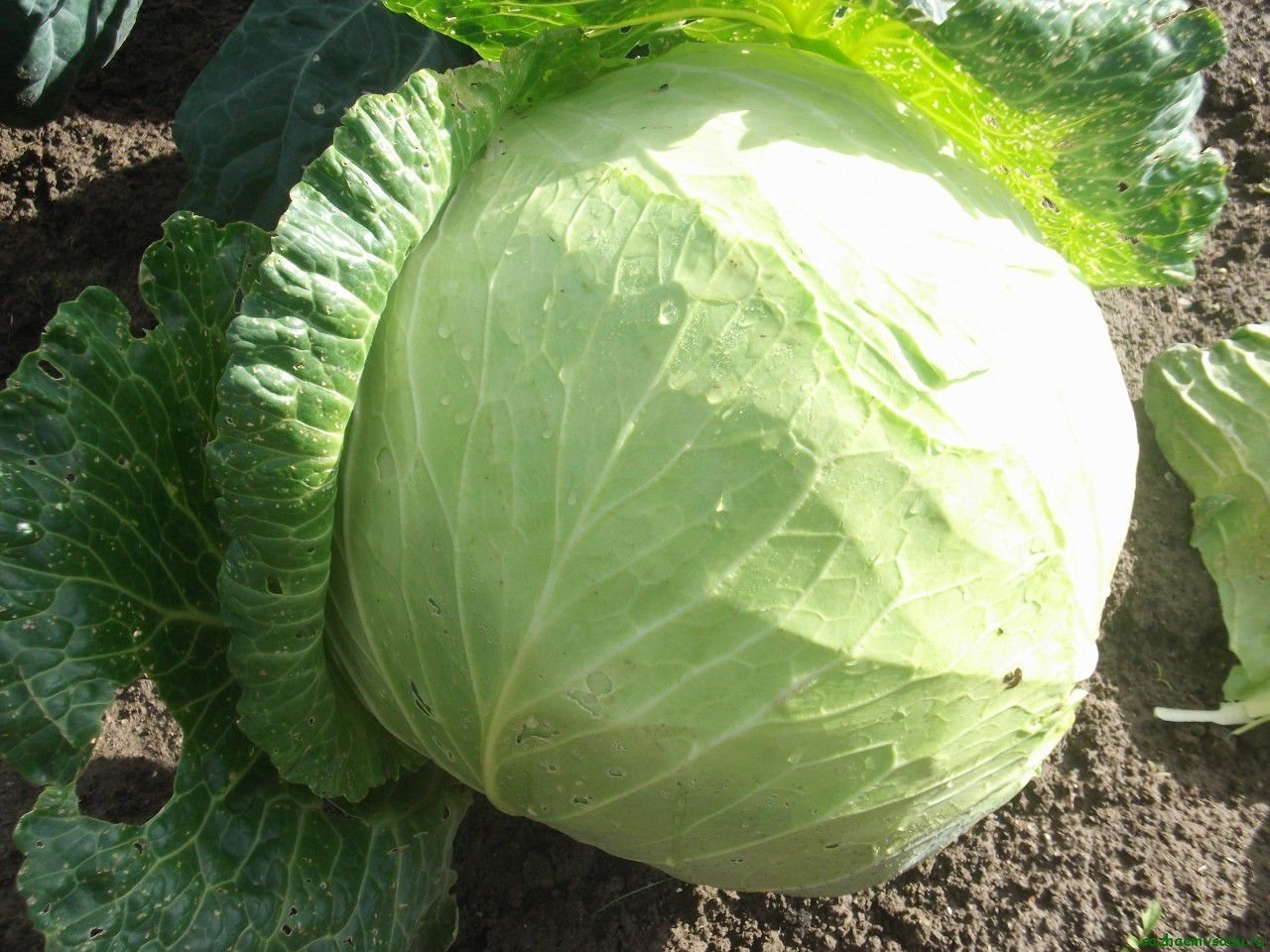
Variety Sprint - very productive and perfectly stored until spring
F Sprint shows itself best as an ingredient in salads. The output of marketable products is 92% - a record figure for cabbage.
Best features:
- Early variety.
- High yield.
- The maximum yield percentage.
- Freeze resistance.
- High head density.
F Rinda
Variety F Rinda is the complete antipode of the twin F Sprint, exceeds the dimensions and weight of a single head of cabbage at times. One plant weighs 4-6 kilograms. The density of the variety is medium, and the leaves are compact - using a standard planting net, you get acceptable yields. Rinda resists frost F well, but in conditions of lack of moisture it does not live long - gardeners lose their crops due to the fact that they did not bother to better monitor the condition of the soil.
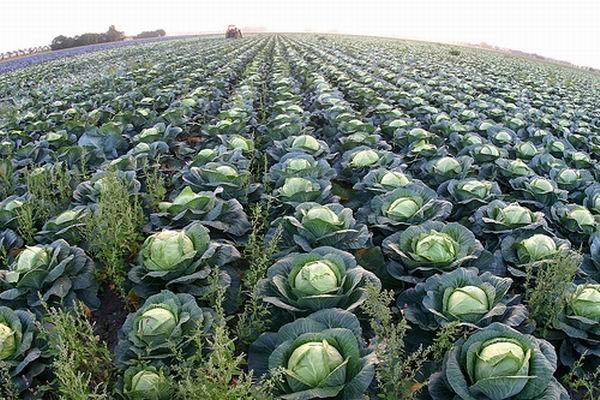
Rinda cabbage - a novelty for farms
Among the shortcomings of the variety, there is an increased demand for the level of lighting - a fee for large head sizes and high yields.
Cabbage F Rinda is juicy and soft, which makes it the best ingredient for salads and other national dishes. A distinctive feature of the variety is the possibility of long-term storage. It can also be transported over long distances - the strength of the heads is above average.
This variety is indicated for open ground, but unlike the others presented above, it is medium-early - its ripening period is somewhat longer than the presented varieties of cabbage. This period is at least 100 days, and with a lack of heat - 150 days. The weight of heads of cabbage varies from one and a half to three kilograms, in warm climatic zones it can exceed this figure. The golden hectare resists frost better and is transported over long distances. Landing in the ground is best done according to the scheme 60 by 60 centimeters.
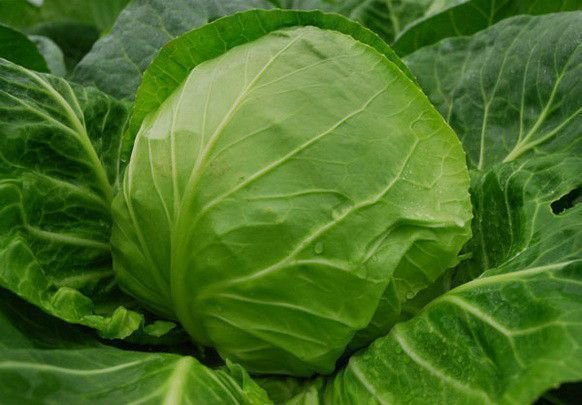
Cabbage Golden Hectare time-tested
The yield is at least 5 kilograms per square meter. With proper care and the absence of diseases, the yield is up to 9 kilograms, which is higher than the average for medium-early varieties.
The golden hectare is better suited for fresh consumption, as well as the preparation of cabbage soup, borscht and cabbage rolls.
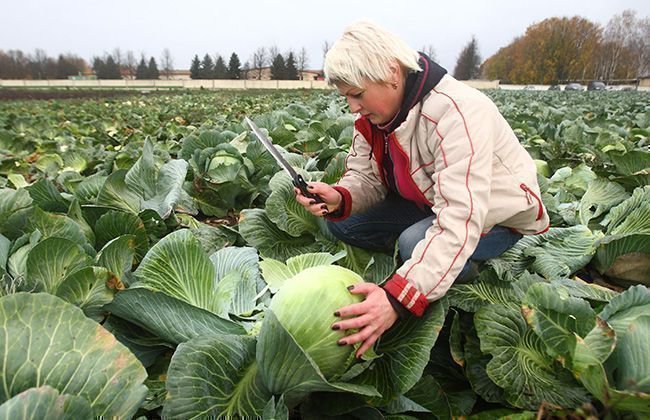
Cabbage picking Golden hectare
Characteristic and best features:
- Long maturation.
- Disease resistance.
- Early disembarkation.
- Undemanding to care and climate.
Kolobok
When talking about cabbage varieties that are suitable for planting in open ground, it is important to note late varieties. Kolobok is a popular representative. Similar varieties of plants are stored for the winter. The ripening period is at least 130, and sometimes 150 days. Heads of cabbage with a minimum weight of 3 kg, although they can also reach the mark of 5 kg. 50-day-old seedlings are planted in the ground in early summer, and the seeds are pre-treated with heat for pest resistance.
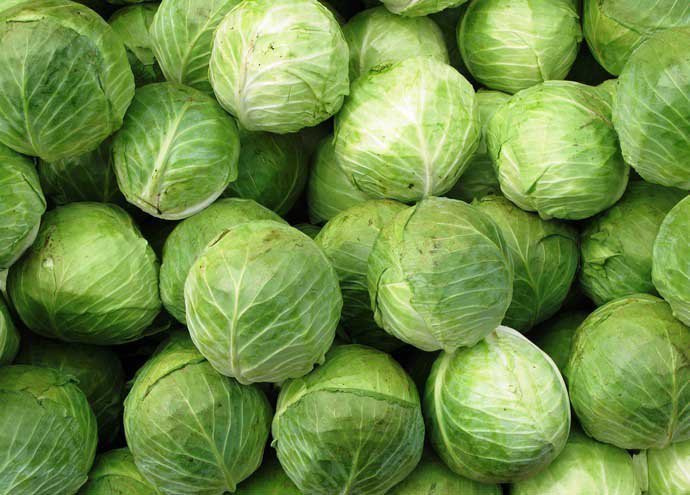
Variety Kolobok sells well on the market
Head harvesting begins in October, which is convenient for many farmers and gardeners: the load on them is less than in other months of the year.
Heads of cabbage with a density above average. Cabbage variety "Kolobok" is better suited for salads and sauerkraut. It can be stored until early next summer. Advantages and best qualities:
- Undemanding to climatic conditions.
- High frost resistance.
- Storage.
What diseases are susceptible to varieties of cabbage in the open field?
A common factor that deprives gardeners of a crop is called diseases - they cause damage. Agronomists call Alternariosis a disease of cabbage on open ground. Another name for this disease is black spot. Symptoms are easy to recognize: the plant is abundantly covered with necrotic formations in the form of brown spots of irregular shape: more often - an ellipse, less often - round.
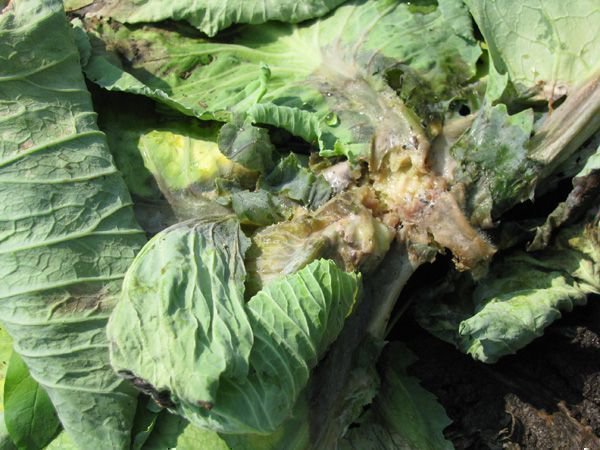
Cabbage rot is an insidious disease that can destroy the crop
With the development of the disease, the formations become concentric and cover the surface of the plant. Around them, a black coating is noticeable - spores of fungi, which become hotbeds of the disease.
To prevent the seeds are heated at a temperature of 50 degrees for 15-20 minutes.
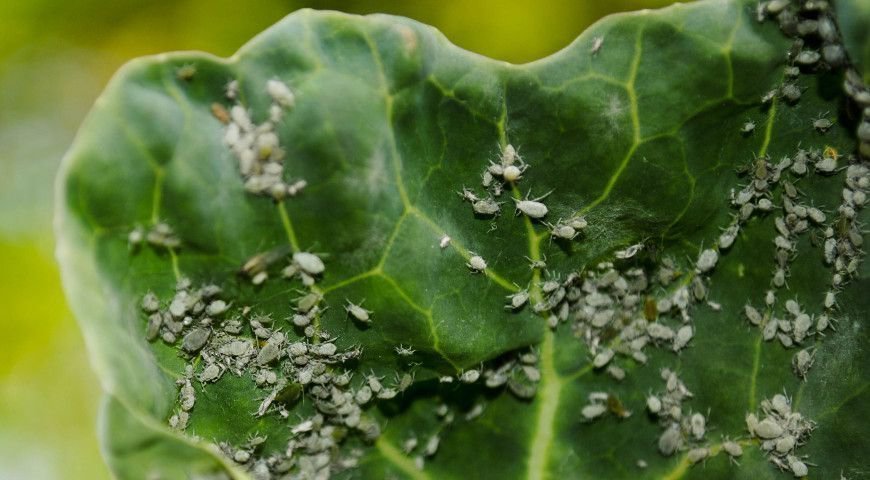
Aphids on cabbage suck juices from plants
No less common is white rot. Rotting is possible from the head and outside. In 80% of cases, the first symptom is a plaque on the lower part of the leaves, which is similar to the touch and visually like a cobweb. Infection occurs on open ground, due to increased acidity. Other common diseases: whiter, penosporosis, downy mildew and vascular bacteriosis are much less dangerous for this crop.





